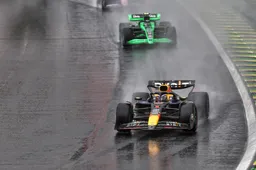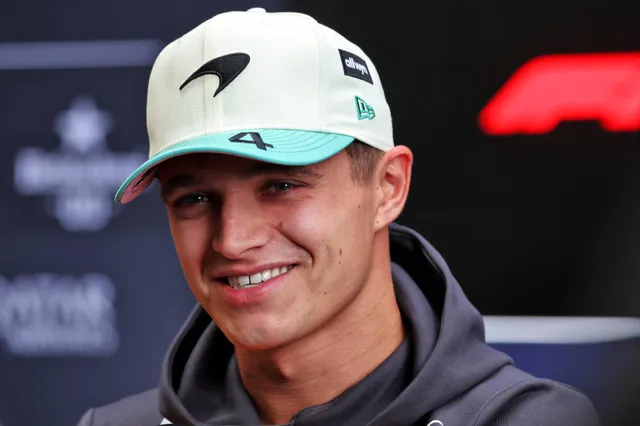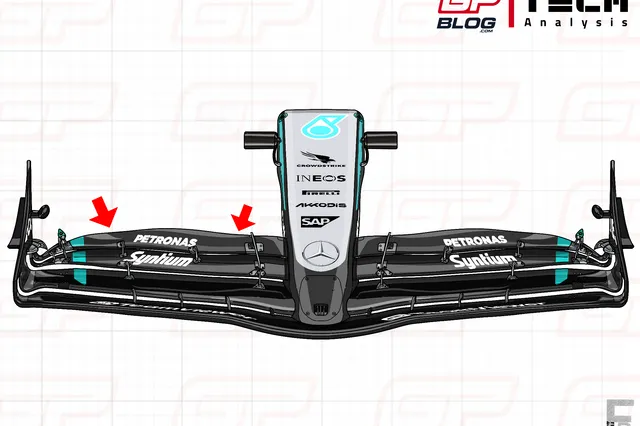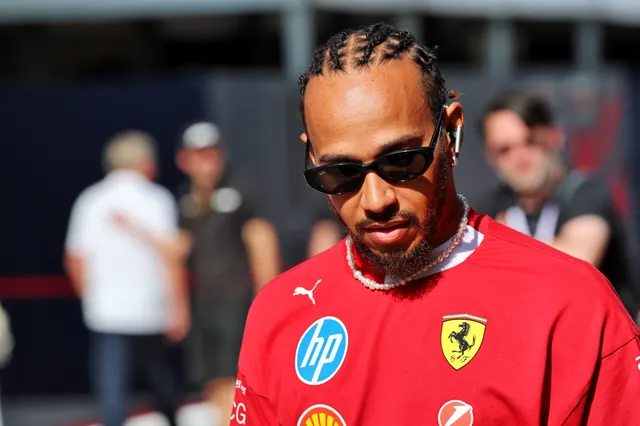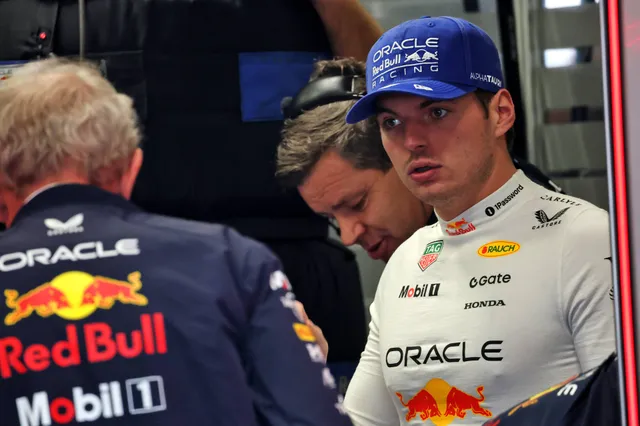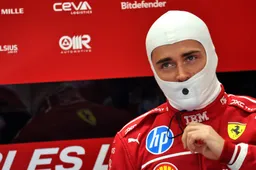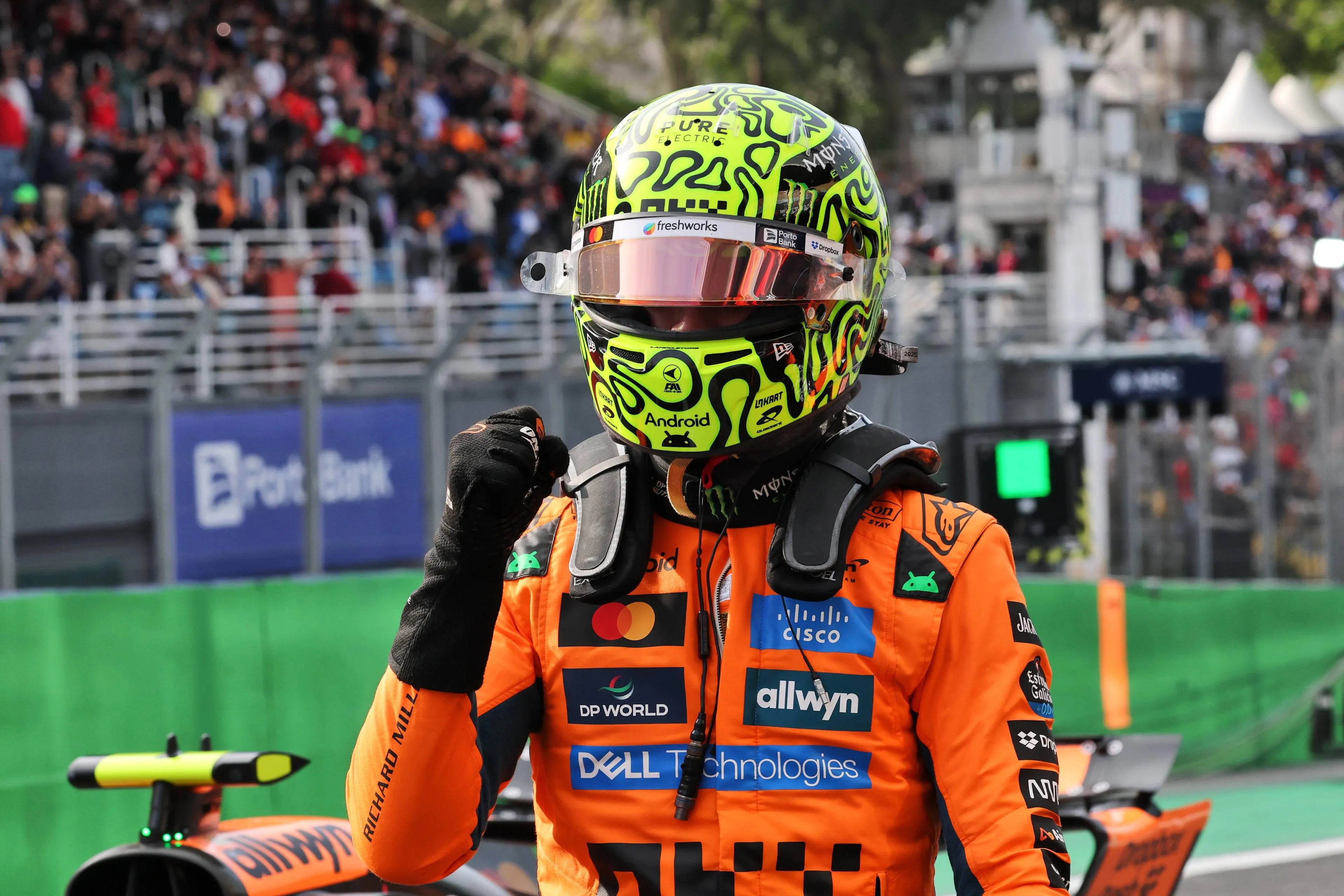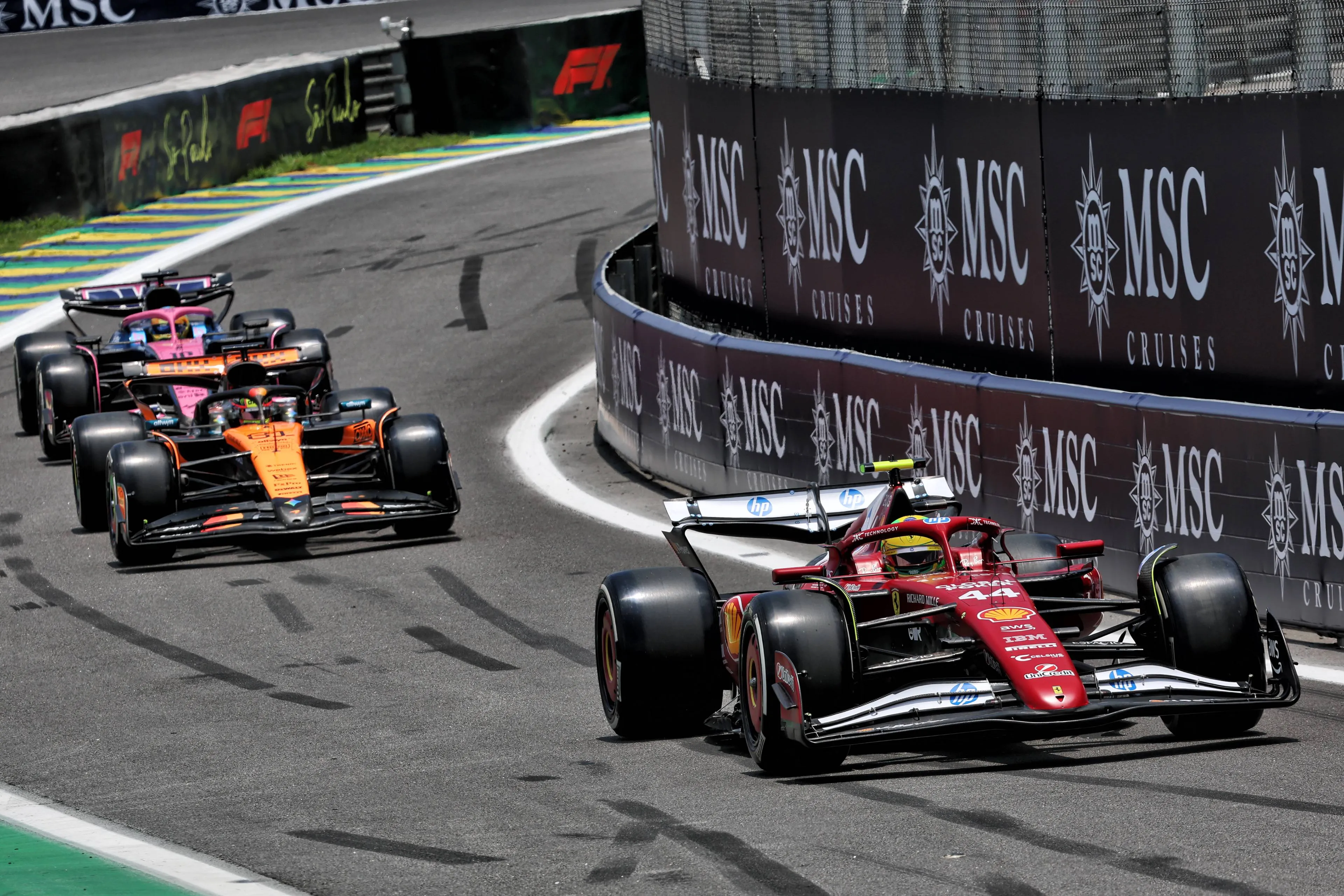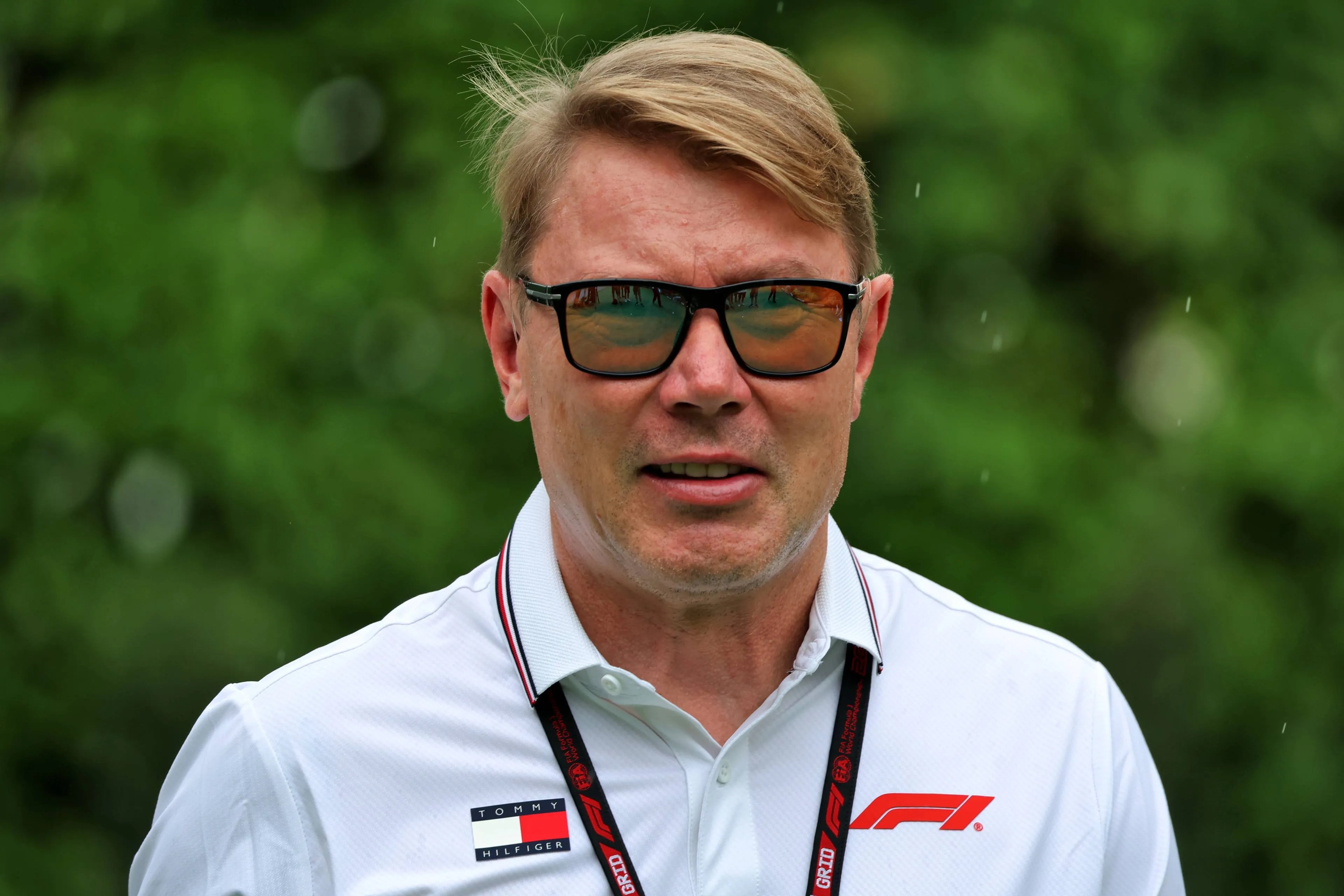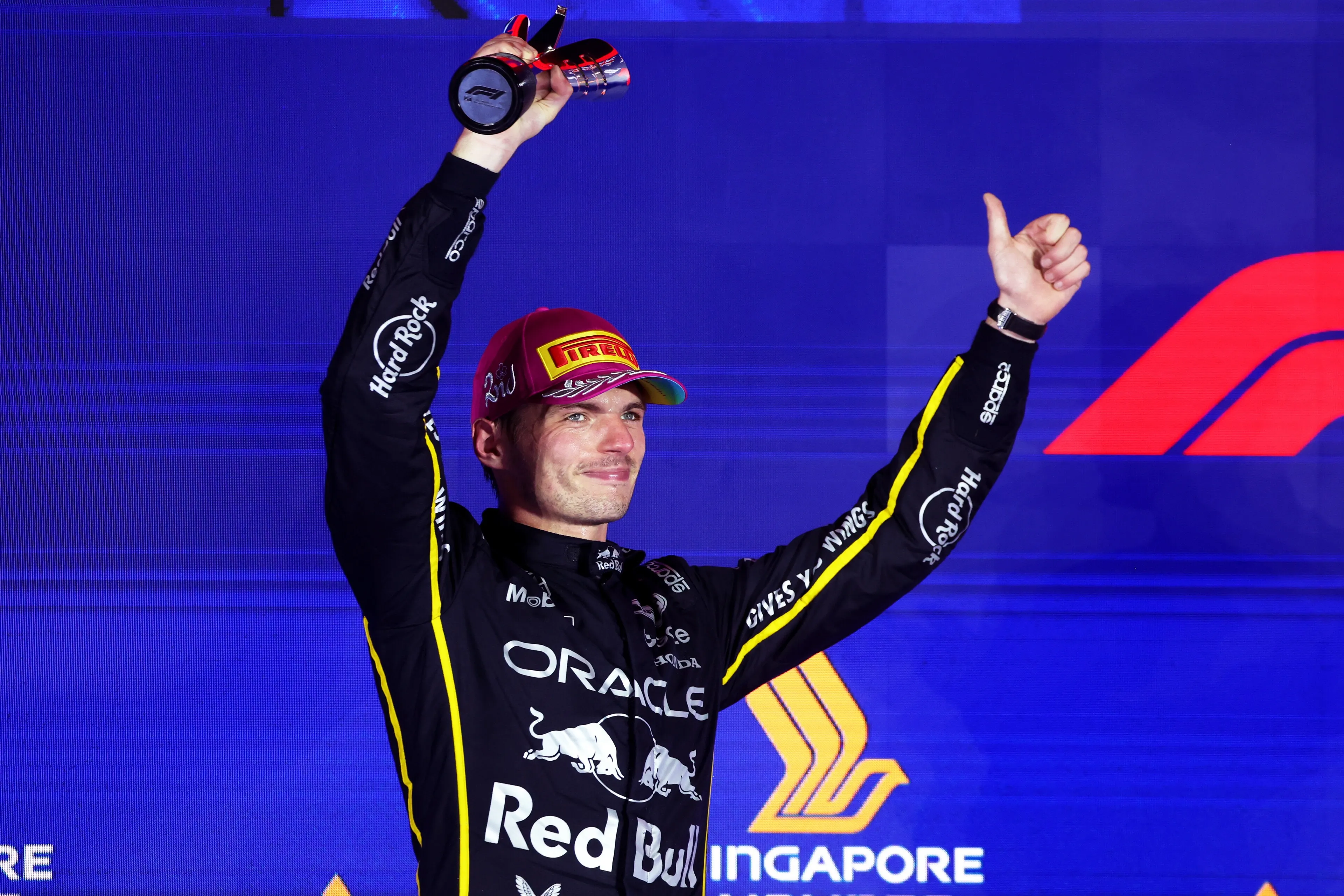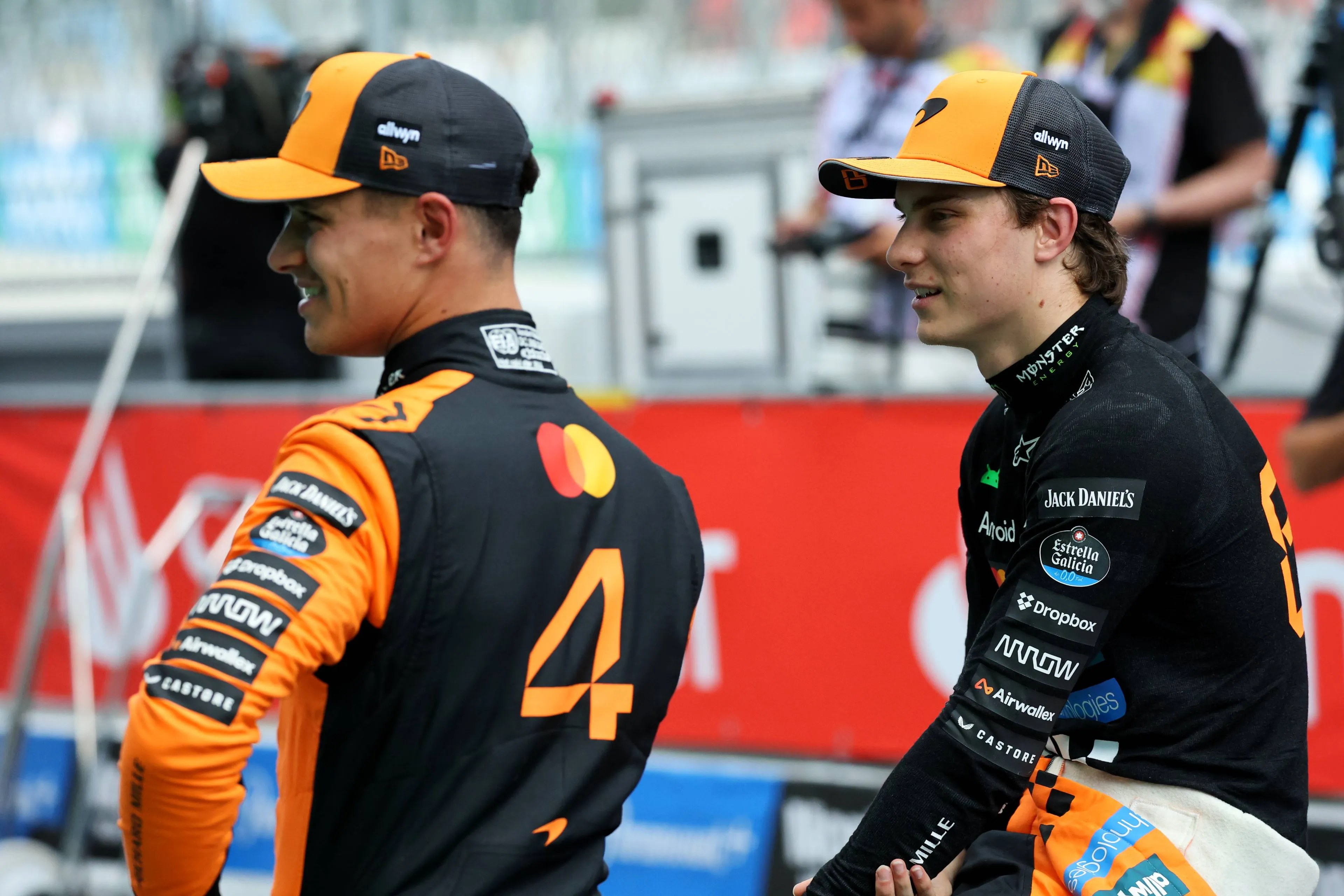
F1 Tech | Practice analysis: McLaren fast and balanced, Verstappen struggles
McLaren were very strong in Sprint qualifying as the track layout and conditions appeared to work to their favour.
The first day of action at Interlagos offered very tricky conditions in terms of grip. McLaren and Mercedes came out on top in Sprint qualifying while Ferrari and Red Bull struggled, unable to find a good balance for their car.
The single-hour practice session, matched with the bumpy asphalt and the rear limited nature of the track made it particularly tough for engineers to find the right compromise between ride height and mechanical set-up, with subsequent balance issues for many teams.
It’ll be now useful for those teams to take advantage of the Sprint, in case of dry conditions, to experiment with the set-up and find a better configuration for Sunday's race.
Read also
McLaren's MCL39 with no rivals in the middle sector
The Woking team were the only ones able to find a good window for their car during first practice. Thanks to the great level of downforce expressed from the Venturi channels and the bodywork, the MCL39 was superior through the twisty second sector. Moreover, the adoption of a medium-low downforce rear wing allowed the MCL39 to have a very strong top speed in both first and third sector.
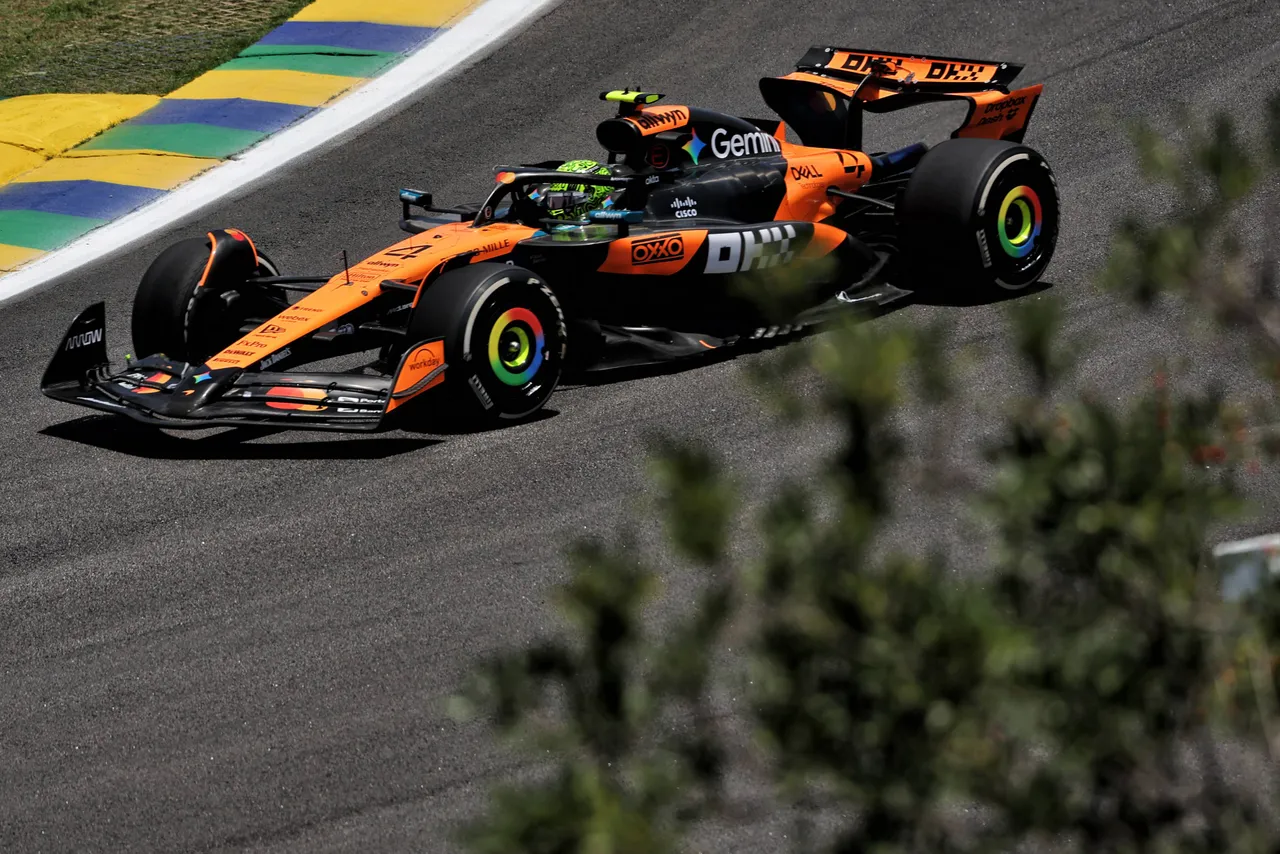
During the session, however, both Lando Norris and Oscar Piastri made vast changes to their cars from the mechanical point of view. Norris, in fact, complained of understeering through the second sector, where he was losing a good amount of time compared to Piastri. The slow and twisty section between turn 8 and turn 12 requires a very balanced car, with a precise front-end matched with a stable rear-end in the traction phase.
After some changes, the Britain felt much better during his run on the mediums and was even able to set the fastest time, just 0.023s in front of his teammate Piastri.
Halfway through the session, all teams focused on some mini long runs to try and gather data for tyre consumption on high fuel load. As shown in the table below, McLaren and Ferrari completed only a few laps with lower load of fuel, while Max Verstappen and the two Mercedes car made a longer stint to probably simulate Sunday’s race pace.
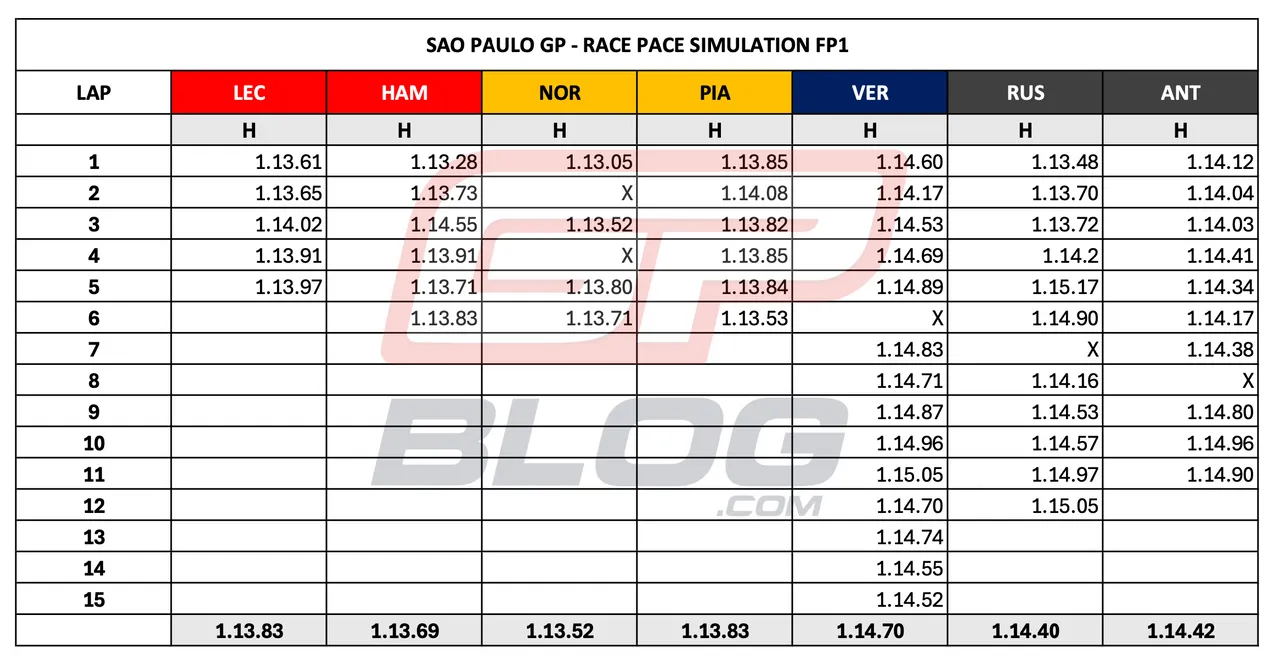
Mercedes's W16 fast on the straights
Mercedes were a positive surprise on Friday. The rear-limited nature of the track, together with the relatively hot conditions faced could have been an enemy for the W16, but both Kimi Antonelli and George Russell managed to take advantage of their car’s strengths to qualify in P2 and P4 for the Sprint.
The W16, in fact, demonstrated to have a very strong traction and an optimal top speed, as often shown during this year. These two qualities made the car particularly strong in the first and third sector, where they were gaining time on the two McLaren. On the other hand, the longer corners in the second sector were where the W16 was struggling more, due to the overheating on the rear axle.
Read also
The car also showed off a very aggressive ride height during the Sprint qualifying, making a lot of sparks through the fast turn 6-7 and on the start-finish straight. This choice was probably made to maximise the downforce generated from the Venturi channels through the second sector, and allow drivers to exploit every point of downforce generated.
The harder set of compounds brought for this race compared to 2024 has clearly been a huge help for Mercedes. A more robust compound is more stable under load, preventing graining to appear on the rear axle (as it happened during last year) and thus is less subjective to overheating through the second sector.

As a consequence, Mercedes’ drivers could take advantage of the harder soft tyre to push hard during their laps without worrying about the overheating in the middle sector.
It’ll be particularly interesting to see the W16’s performance in the rain for the Sprint. The intermediate tyre, due to the very soft rubber, easily overheats as the track starts to dry, exploiting a car’s ability to look after the tyres. Thus, it’ll be possible to analyse if Mercedes have effectively made progress from this point of view or if their performance in the Sprint qualifying was more related to favourable conditions.
Red Bull and Ferrari struggled
Red Bull Racing and Ferrari both had a very tough first day in Interlagos. Both teams massively struggled with the balance of their cars and were unable to set competitive lap times during the Sprint qualifying.
On the one hand, Red Bull’s engineers struggled to find a good balance for the RB21 with just one hour of practice. During FP1 they adopted a very aggressive ride height to compensate for the loss of downforce related to the use of a skinny rear wing. But, due to the bumpy nature of the track, this made the car very difficult to drive, especially on kerbs.

Moreover, the car showed off a huge amount of understeering through second sector. In Turns 8-9, Verstappen was losing a lot of time compared to Norris and Piastri because his RB21 was turning in too slow, making him lose time also in the traction phase.
The very unloaded set-up chosen made the car competitive only through the first and last sector, but Verstappen was losing around 3 tenths during the SQ3 on the soft tyres, relegating him to only P6. During this weekend, he’ll keep using the new floor introduced in Mexico, while Tsunoda will run the old floor, as shown in the image below.
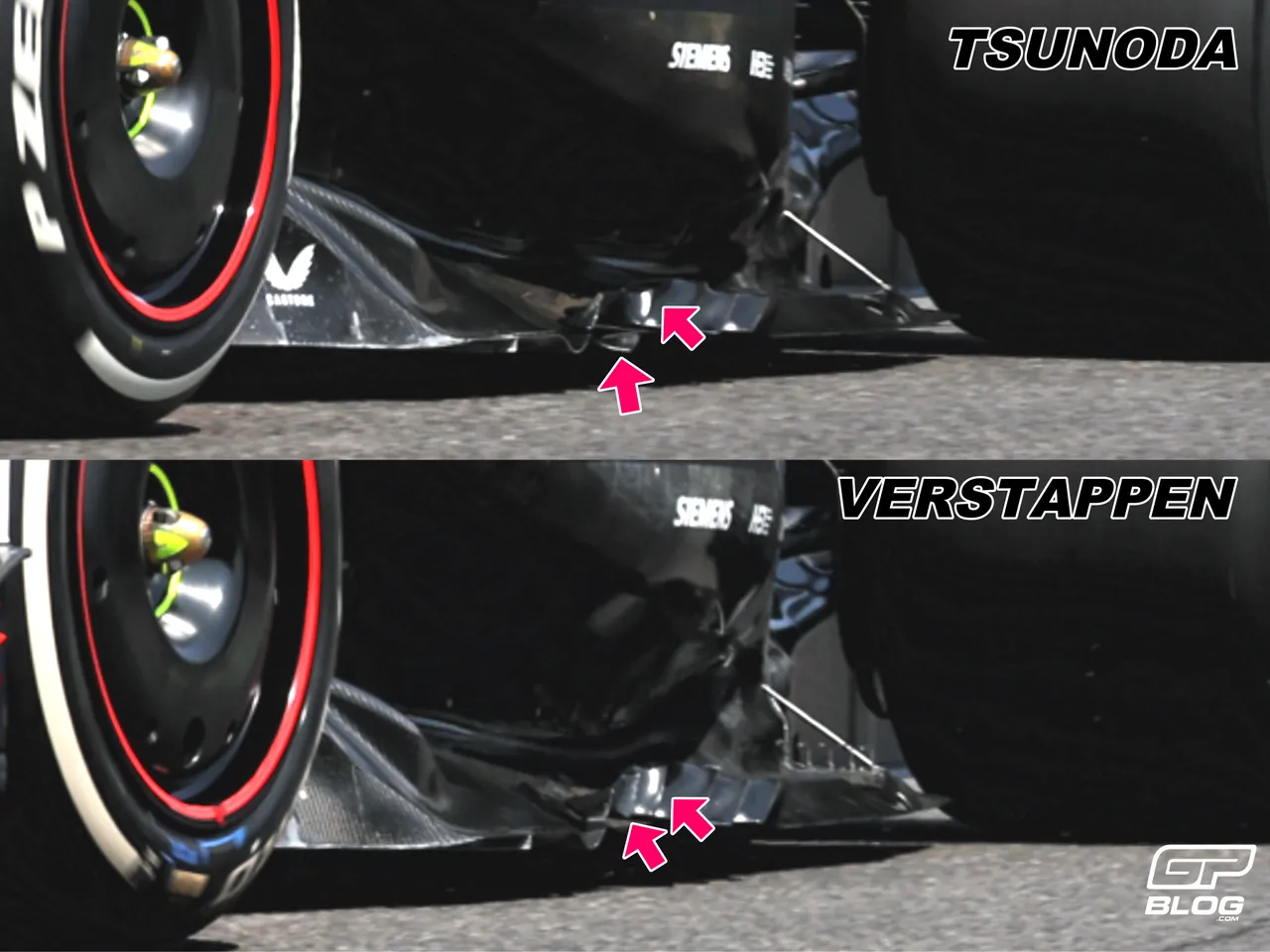
For Red Bull it’ll be important to gather as much data as possible during the Sprint (in case it’s not wet), to possibly adjust the car’s set-up between the Sprint and qualifying, to express a better performance during Sunday’s main race.
For what concerns Ferrari, they had a tough day as well for a reason opposite to that of Red Bull Racing. The team adopted a conservative ride height during the Sprint qualifying, mainly to avoid an excessive plank consumption in case of a wet short race.
This massively penalised the SF-25’s performance. As already seen during multiple weekends this year, the car needs a very close distance to the ground to work at its best and produce peak downforce. As soon as the engineers raise it, it loses a huge amount of performance.
During first practice, the team also adopted two different rear wing versions between Hamilton and Leclerc, to test which one better suit the Interlagos layout. Hamilton ran a lower downforce spec, characterised by a “V-shape” of the mainplane, while Leclerc ran the higher downforce version with a flat and longer chord mainplane to generate more downforce.
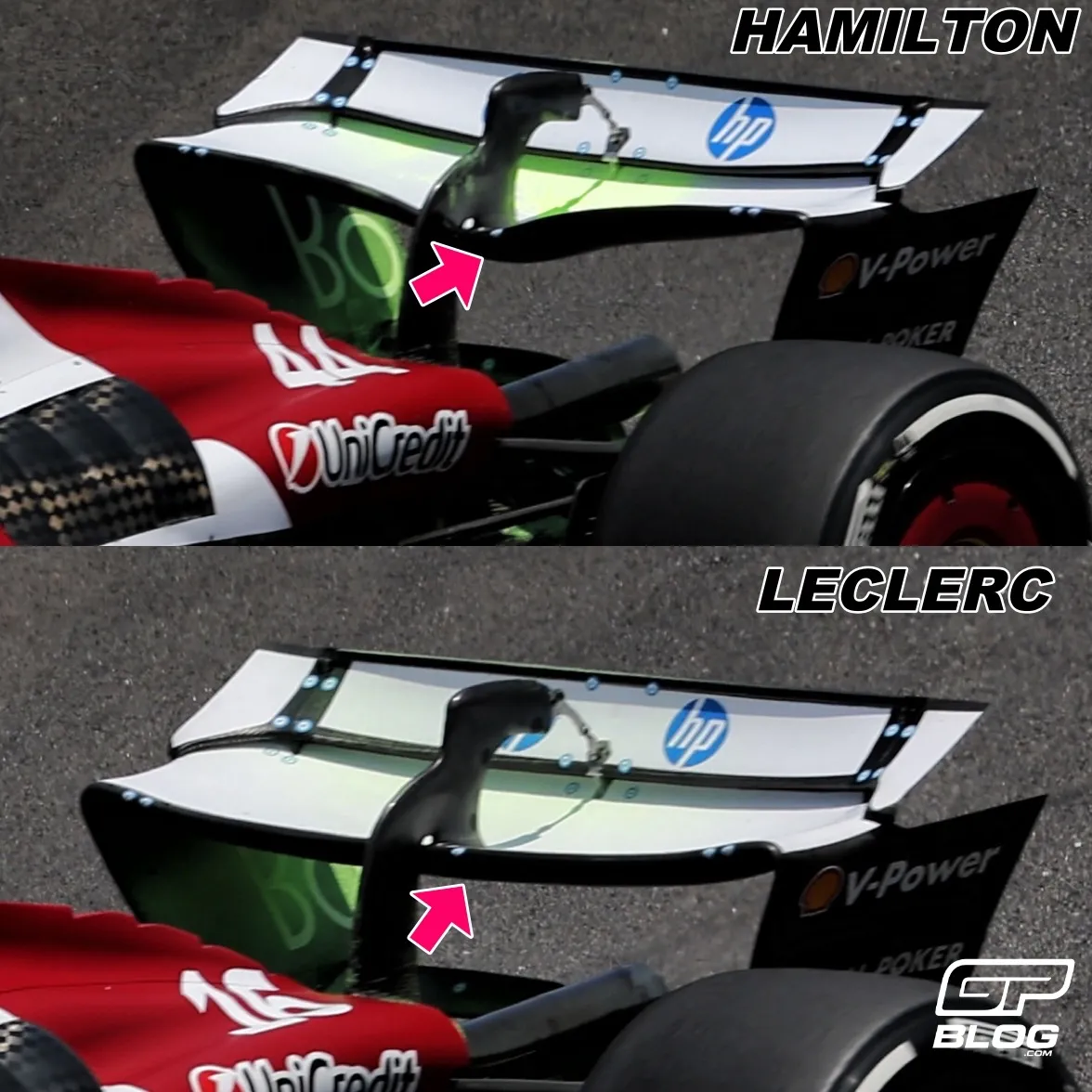
To compensate for the loss of downforce related to the higher distance to the ground, the team opted for the higher downforce spec for the Sprint qualifying, which made the SF-25 a lot slower also on the straights.
As a consequence, it’ll be important for them to gather as much data as possible during the Sprint, to then find a better set-up for their cars for Sunday’s race.
With a potential storm hitting the track on Saturday and with many teams that still need to find the right set-up, the weekend could take unpredictable folds between Saturday and Sunday.
Read also
Popular on GPBlog
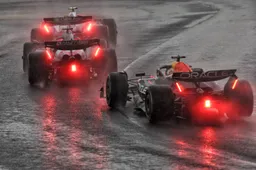
No Brazil GP sprint at 2 p.m. – What are F1’s options?
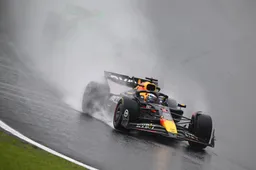
Cyclone fears dominate Saturday weather forecast at Brazil GP
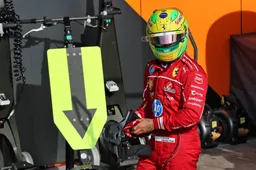
Decision made after Hamilton's steward visit at the F1 Brazil GP
